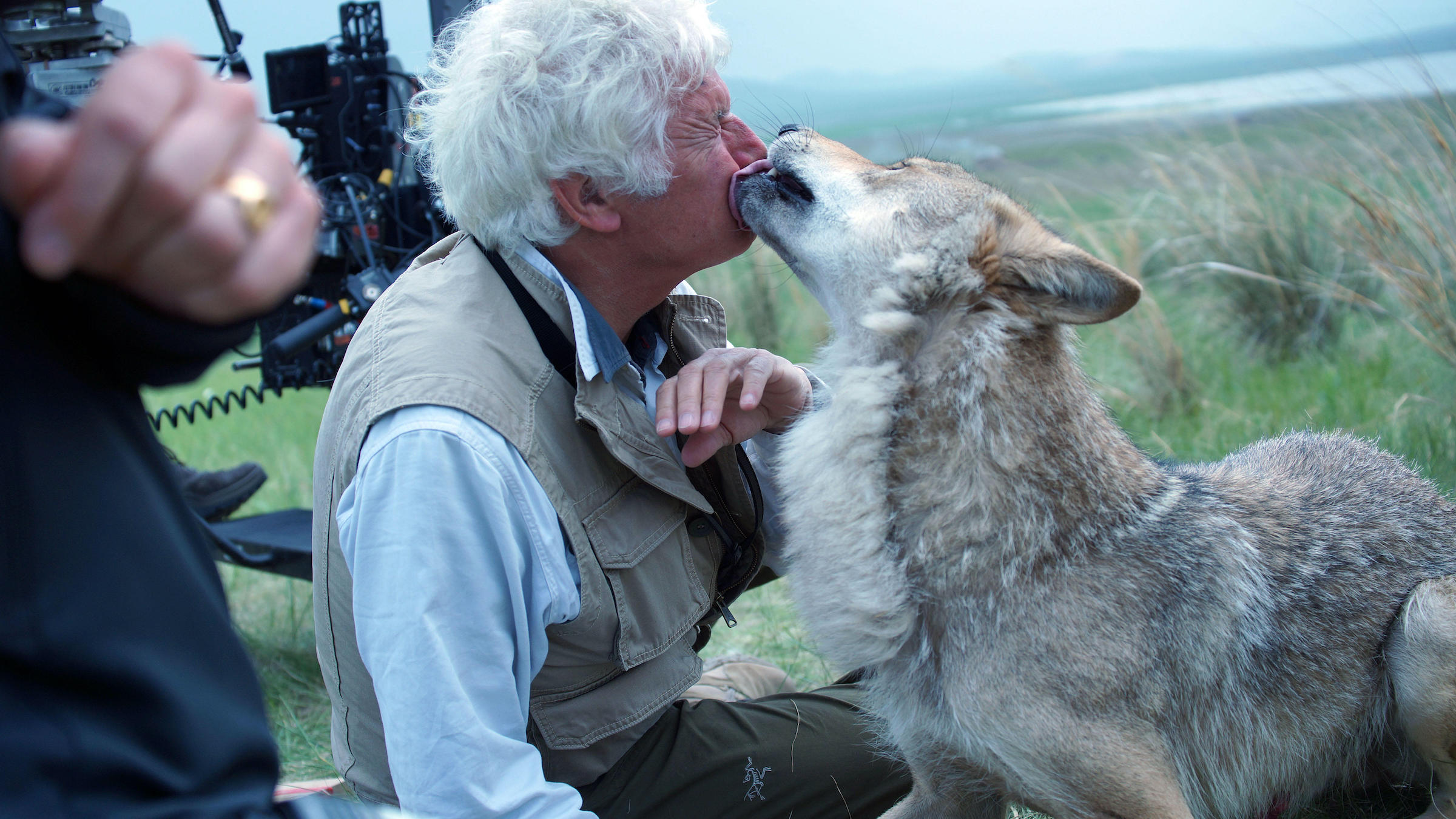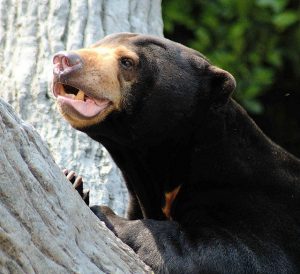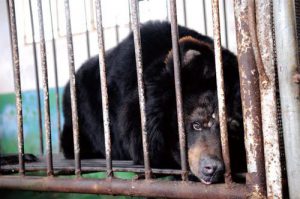Wolf trainer Andrew Simpson has just wrapped up three years in Beijing coaching wolves to perform in the film version of novel Wolf Totem (狼图腾). The Sino-French adaptation of the Jiang Rong’s best-selling 2004 novel opened in Beijing and Europe in February.
However, he predicts changes will come, because Hollywood’s eagerness to make co-productions with Chinese studios risks drawing international campaigners’ attention to any instance of bad practice. The US film industry’s humane standards and regulations only emerged through public pressure, he points out.
Chinese film-goers provide Hollywood with its biggest box-office takings outside North America, even though foreign imports are limited to 20 films a year. Co-productions offer a way round the restrictions. Wolf Totem was produced by China Film Group Corporation, one of China’s biggest.
Protests are already gathering momentum. Encouragingly, a growing Chinese lobby against animal cruelty is already pushing international organisations to object, rather than the other way round.
Animal welfare movement grows
On March 17, Chinese activists persuaded 19 primate conservation groups to issue a joint statement expressing “deep concern” over “Wonderful Friends” for “promoting close and unnatural contact” between people and zoo animals.
The 19 groups included the World Association of Zoos and Aquariums (WAZA), and the American Humane Society, which promotes the tag line “No animals were harmed,” an essential disclaimer in Hollywood.
In a separate statement, WAZA said it was “shocked and disappointed” at the portrayal of apes as cute pets, and reprimanded singer Li Yuchun for taking part as she has campaigned for WWF.
Simpson’s own experience was that though film sets are unregulated, the zoos that supplied wolf cubs did enforce controls: “We had a lot of paperwork we had to do to keep our wolves.”
Wild wolves are untamable, so he and partner Sally Jo Susa raised three litters of zoo-born cubs in his Beijing apartment, even sleeping alongside them so they would be comfortable around people on the film set.
Living with newborn cubs is essential for bonding: “We had them literally 24 hours a day for the first three months – you eat with them, you sleep with them, you’re down on the floor with them,” he says.
Other residents were startled to see wolf cubs gamboling next to roller-skating toddlers. “When they started to grow, we realized,” says Helen Wing, a resident at the time. “They were puppies who happened to be wolves. They were clearly domesticated.”
Simpson is convinced that his wolves were willing film actors as he used only those who readily jumped in the truck each morning, and showed enjoyment on set.
“With a wolf, you can raise it with the best of intentions, but you don’t know what it’s going to be like till it gets into adulthood,” he says, “You can never make a wolf do what it doesn’t want to do.”
He sees “no point” in forcing animals to act: “We had a couple that were nice wolves, they were sweet, but they didn’t want the attention. They just wanted to be wolves; they didn’t want to be movie wolves.”
“They still interact with the pack, they’re still an asset,” he adds.
Chimpanzees' intelligence and similarity to humans make them popular zoo attractions and movie stars. But chimps have suffered much abuse. A 5-year old chimp has 7 times the strength of a full grown man so their mix of intelligence and strength easily intimidates trainers, who too-readily become “very dominant, very abusive,” explains Simpson.
He considers reality TV shows a worrying format because “everybody’s looking for the next edge,” though he did not wish to comment on “Wonderful Friends” as he is now in Canada and has not seen it.
CGI and animatronic puppets are increasingly replacing real animals on film sets. So will working with live animals come to an end? Unsurprisingly, Simpson thinks there are stories that cannot be told effectively with puppets, and that Wolf Totem was one, as director Jean-Jacques Annaud wanted to make the story “as well as it could be made”.
The story is driven by the interplay of animal and human intelligence as wolves and herders battle to live off the same flocks. Only the glinting eyes of a real wolf would do. (Remember “An American Werewolf in London”? Its animatronic werewolf was as frightening as a hamster.)
A seasoned elder huntsman teaches Chen to respect the wolf pack’s ferocious strategic intelligence as hunters, drawing out life lessons for his human cub. The young man is so entranced that he secretly steals and raises a wolf cub to learn more about the top predators, perverting his trainer’s key lesson.
There is a lot of gore in Wolf Totem, and Simpson is proud that “98% of everything the audience sees is real” but “done safely”. A traumatic scene in which horses trample the wolves “into a bloody, agonising mess” was done by putting fake blood on the ground mixed with a wolf-friendly scent (such as toothpaste) for them to roll in, then filming close-ups. Fake horses were used in some scenes.
Amid lack of regulation, he has heard anecdotal accounts of fireworks being used to make horses run, or animals being drugged, sometimes fatally, to make them sleep.
With a crew of 480 people, Wolf Totem is the biggest animal movie ever made in China. CFG can “hold its head up”, he says. He hopes for further opportunities to be “instrumental in changing how things are done.”








